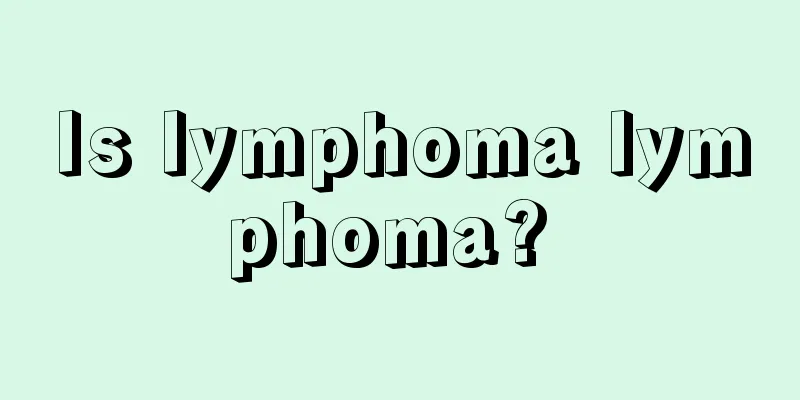What to do with uterine precancerous lesions

|
Cervical precancerous lesions refer to lesions that occur in the area before cancer occurs, which lead to cancer. Cervical precancerous lesions are severe cervical intraepithelial neoplasia (CIN3). The occurrence and development of cervical cancer has a gradual evolution process, which can take from several years to decades. It is generally believed that this evolution process goes through several stages: mild, moderate and severe intraepithelial neoplasia, early invasive cancer, and invasive cancer. Cervical precancerous lesions (CIN) occur in women who have sexual activity. Most cervical diseases can be detected and treated at the precancerous lesion stage through liquid-based cytology testing (TCT). The diagnosis of cervical disease requires a three-pronged approach of TCT, HPV testing, and colposcopy, and colposcopy is not the first choice. 1. First step: TCT thin-layer liquid-based cytology test First, thin-layer liquid-based cytology technology (TCT) is used to observe cervical exfoliated cells under a microscope to check whether there are any abnormalities in cervical cells. In addition, if economic conditions permit, HPV testing can also be performed at the same time, which will be more accurate. 2. Second step: electronic colposcopy After TCT thin-layer liquid-based cytology testing, if abnormal cervical cells are found, a colposcopy is required. Under the high magnification of 40 times of the electronic colposcopy, the subtle changes in the surface of the cervical precancerous lesions are observed, which is of great value for the early detection and early diagnosis of cervical cancer and precancerous lesions. 3. The third step: histopathological examination If abnormalities are found during colposcopy, a biopsy should be taken under the guidance of special staining. Under the guidance of colposcopy, multiple biopsies are taken from suspicious lesions and histopathological examinations are performed separately to confirm cervical lesions. After the above three steps of examination, cervical lesions can be confirmed and early cervical cancer can be discovered. |
<<: How to classify uterine cancer
Recommend
What's the matter with soreness and weakness in limbs
We need to be vigilant about what exactly is goin...
What are the early symptoms of lung cancer? 3 early symptoms of lung cancer you should know
Lung cancer is a serious malignant tumor. When lu...
Narrowing of cervical spine?
Most people are familiar with cervical spondylosi...
What are the folk remedies for cervical cancer
There are no symptoms in the early stage of uteri...
How to improve appetite in patients with pancreatic cancer
Pancreatic cancer is one of the common malignant ...
How to treat muscle edema
Muscle health has a huge impact on the body, beca...
What does positive urine nitrite mean
Positive urine nitrite usually appears in the uri...
What's going on with a dark yellow face?
A rosy complexion can make women look very cute a...
How much do you know about colistin?
Polymyxin E is a very common antibiotic and bacte...
How should patients with bile duct cancer exercise
Cholangiocarcinoma is a malignant disease with gr...
What is the difference between laryngeal cancer and pharyngeal cancer
The main difference between laryngeal cancer and ...
There are very small black bugs in the room
We all hope that the place where we live is clean...
What is the normal value of pulmonary hypertension
Of course, we must pay attention to the normal va...
How to wash a dirty down jacket_What to do if a down jacket is dirty?
To keep warm in winter, most people will choose d...
Folk remedies for treating uterine cancer in the elderly
Chinese medicine prescription for advanced uterin...









